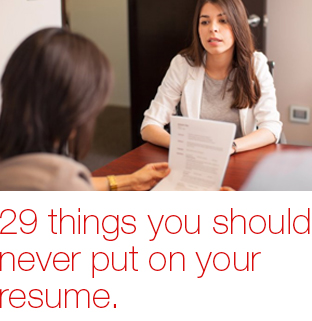Hiring managers receive, on average, 75 resumes for each position they post, according to CareerBuilder.com They don’t have the time or resources to review each one closely, and they spend about six seconds on their initial “fit/no fit” decision.
If you want to make it past the initial test, you need to have solid qualifications and the perfect résumé. Click here to read more.





